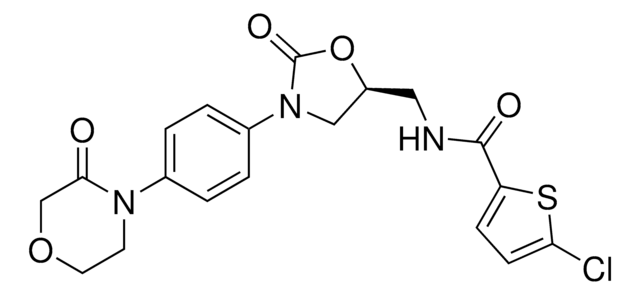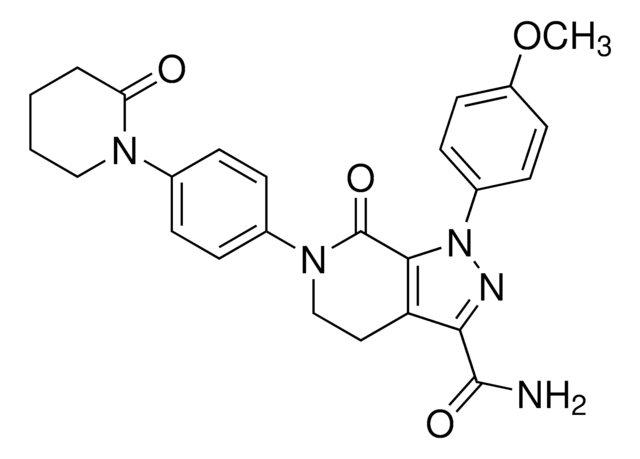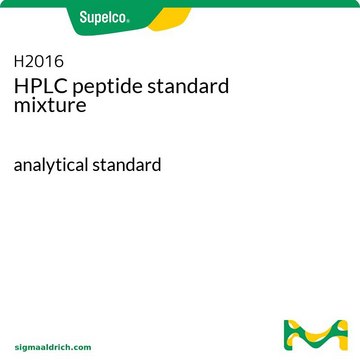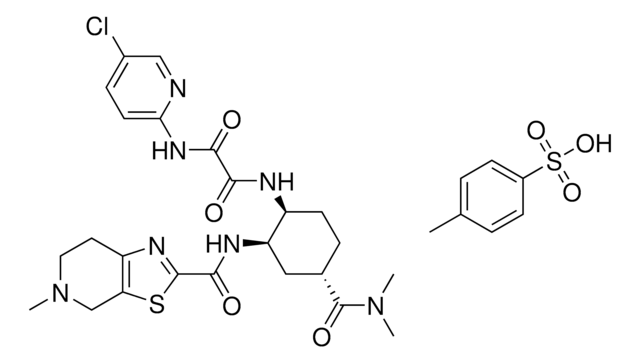SRP2153
HCV-NS4A/NS3-1a Protease, strain H77 from hepatitis C virus
recombinant, expressed in E. coli, ≥80% (SDS-PAGE)
Sinônimo(s):
Hepatitis C virus NS3 protease, NS3, NS4ANS3 complex, pfam02907
About This Item
Produtos recomendados
fonte biológica
hepatitis C virus
recombinante
expressed in E. coli
Ensaio
≥80% (SDS-PAGE)
forma
frozen liquid
peso molecular
~22.7 kDa
embalagem
pkg of 10 μg
concentração
750 μg/mL
cor
colorless to clear
nº de adesão NCBI
Condições de expedição
dry ice
temperatura de armazenamento
−70°C
Informações sobre genes
hepatitis C virus ... HCVgp1(951475)
Ações bioquímicas/fisiológicas
forma física
Nota de preparo
Código de classe de armazenamento
10 - Combustible liquids
Classe de risco de água (WGK)
WGK 1
Ponto de fulgor (°F)
Not applicable
Ponto de fulgor (°C)
Not applicable
Certificados de análise (COA)
Busque Certificados de análise (COA) digitando o Número do Lote do produto. Os números de lote e remessa podem ser encontrados no rótulo de um produto após a palavra “Lot” ou “Batch”.
Já possui este produto?
Encontre a documentação dos produtos que você adquiriu recentemente na biblioteca de documentos.
Nossa equipe de cientistas tem experiência em todas as áreas de pesquisa, incluindo Life Sciences, ciência de materiais, síntese química, cromatografia, química analítica e muitas outras.
Entre em contato com a assistência técnica







